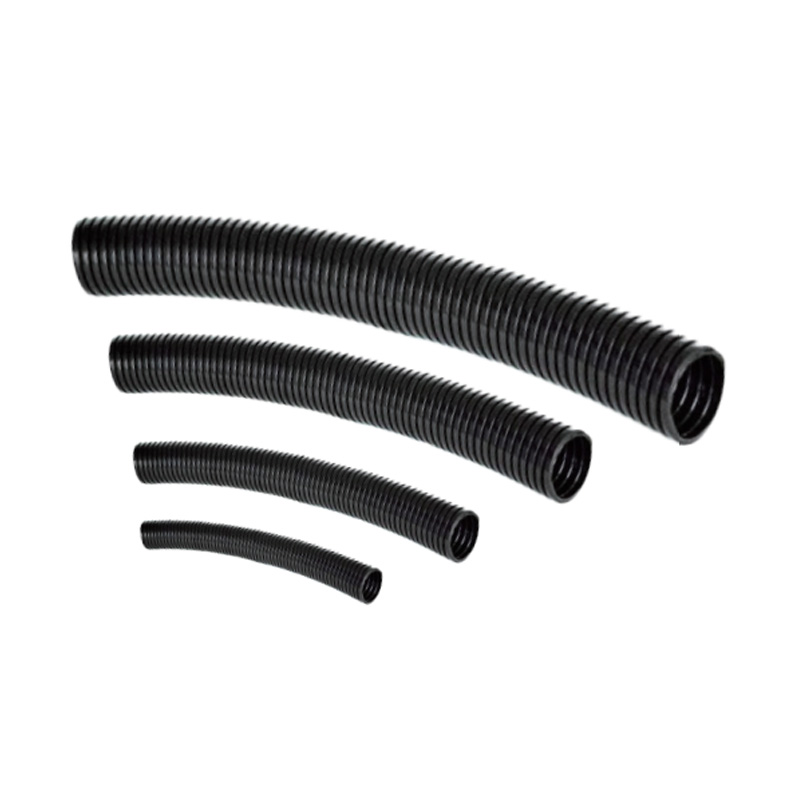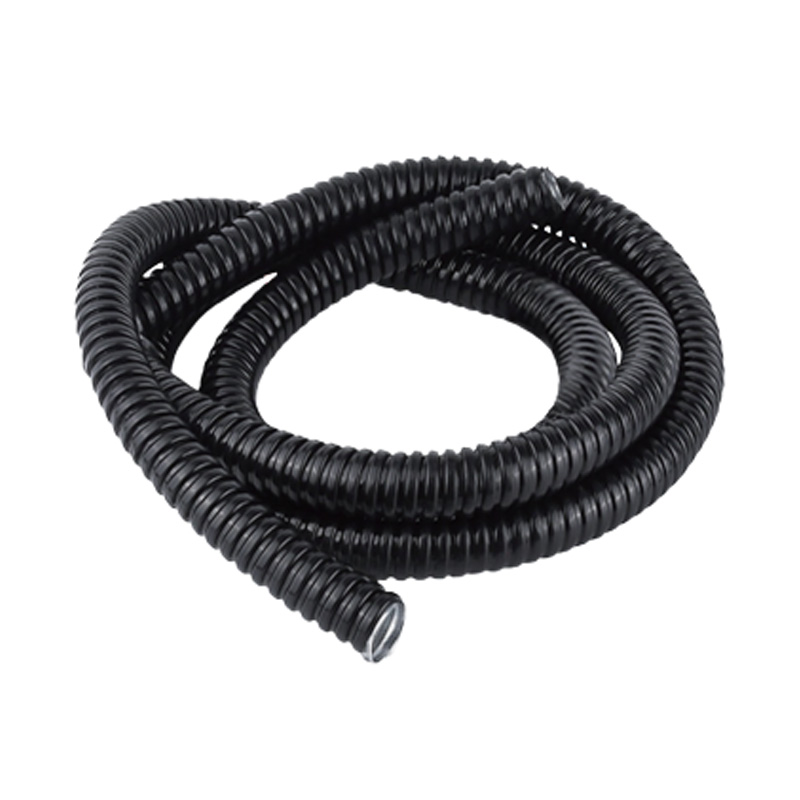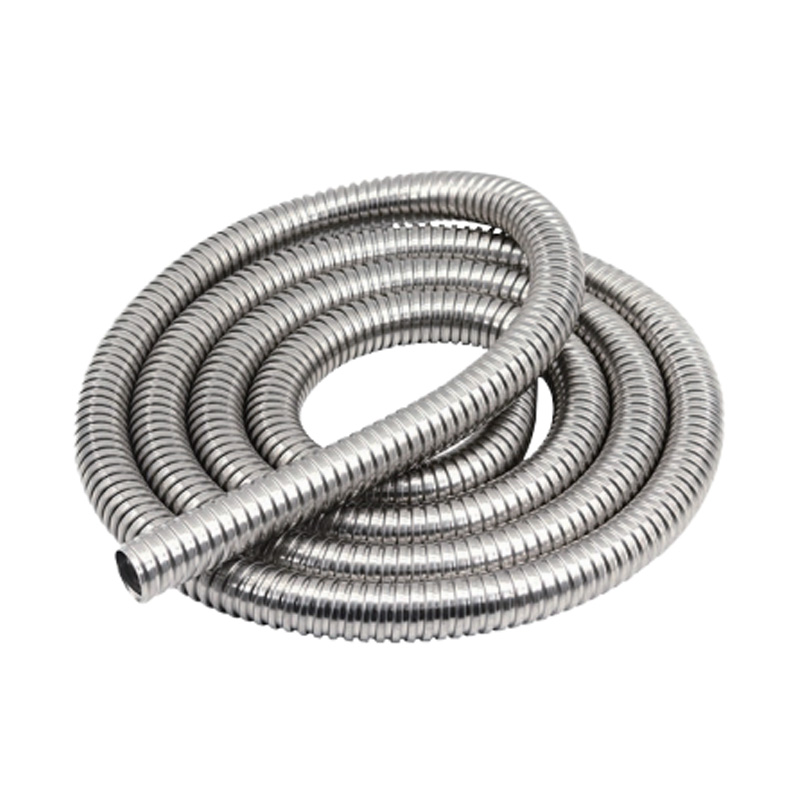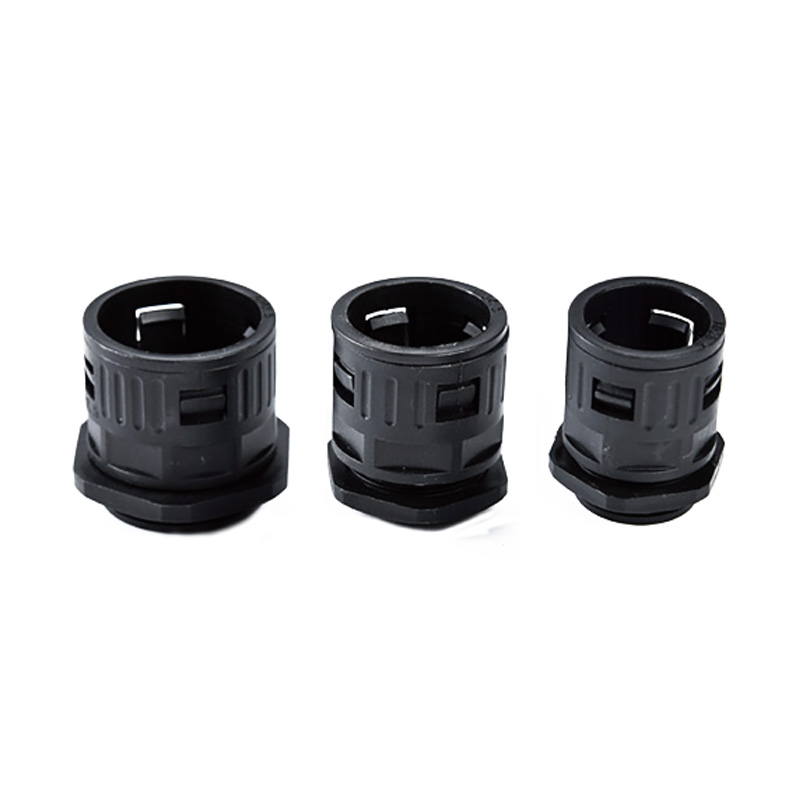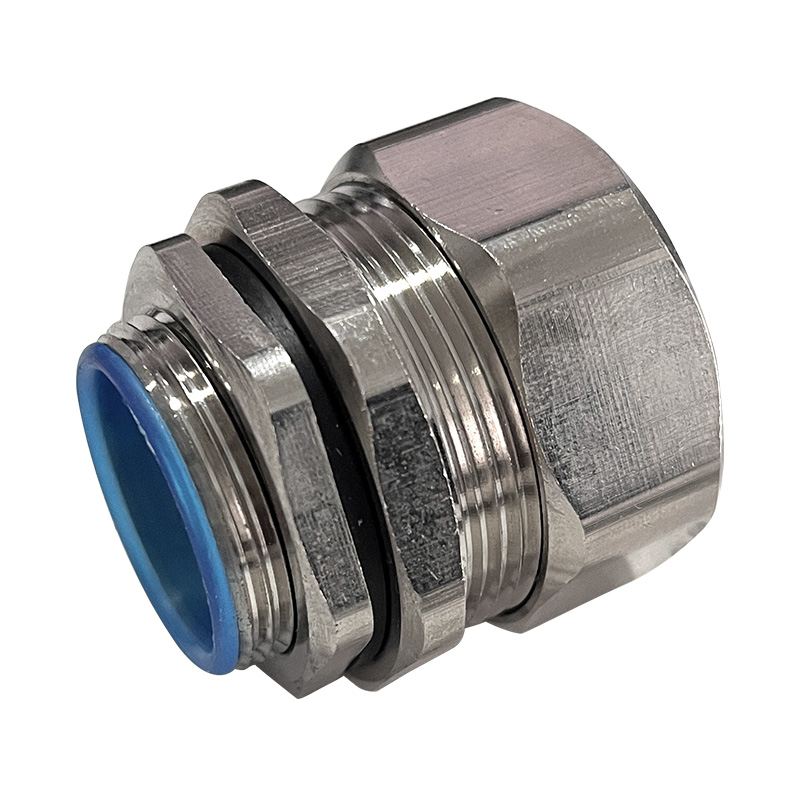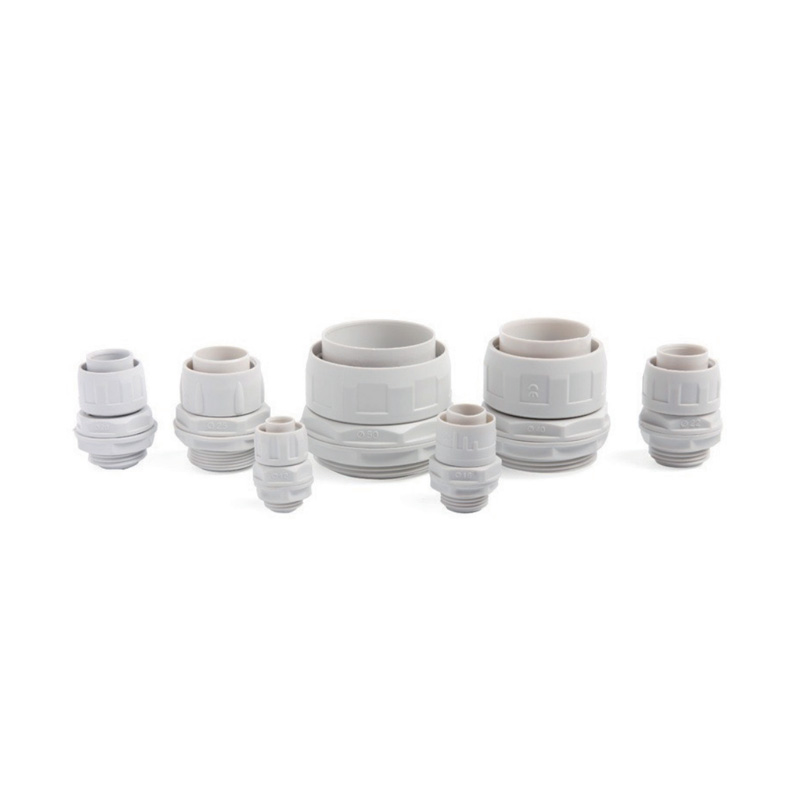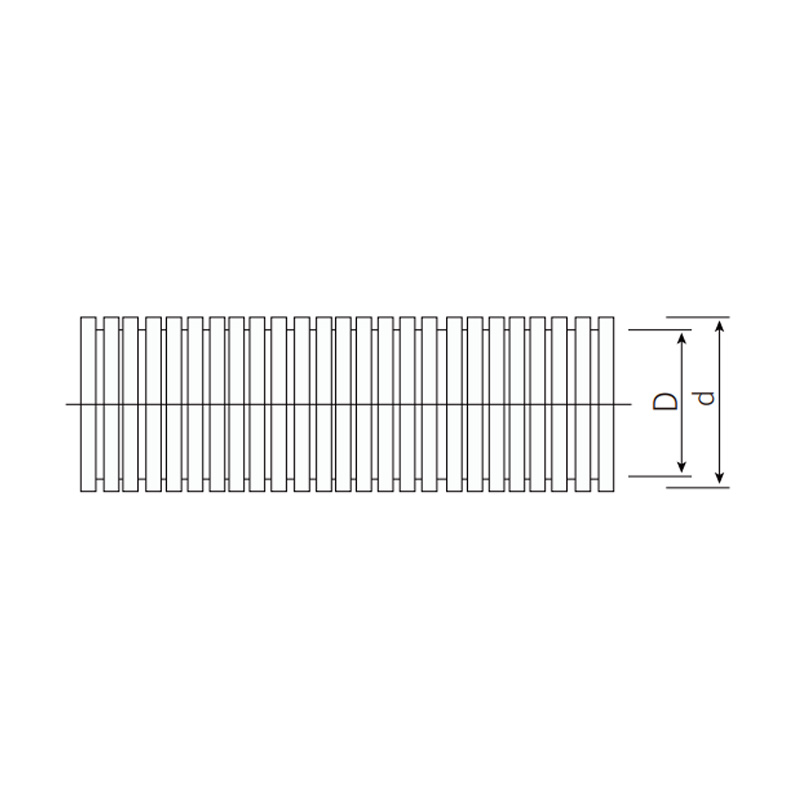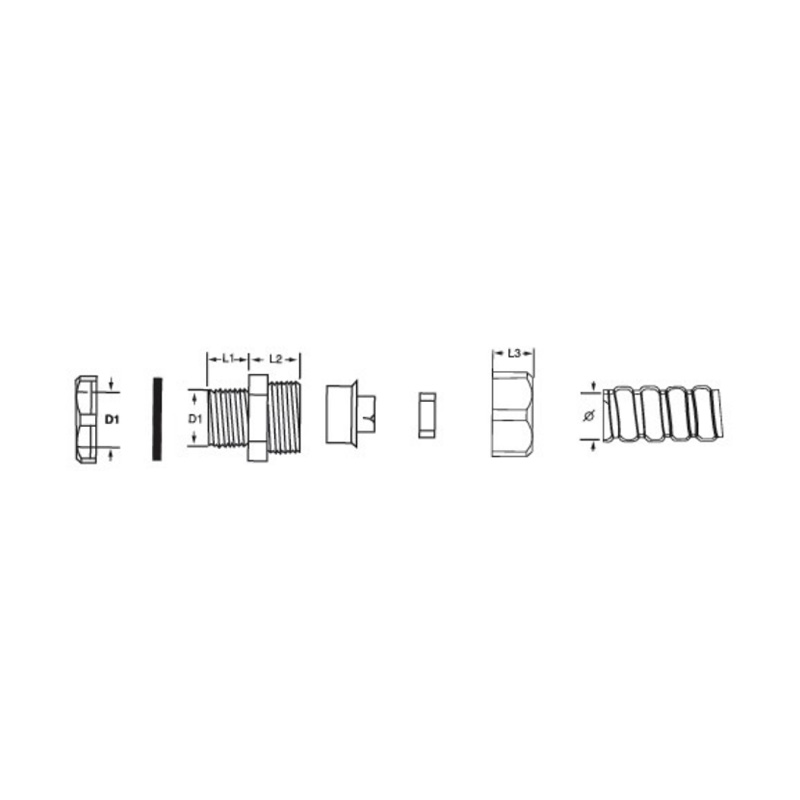Understanding and selecting the correct IP rating is essential when choosing a Waterproof Junction Box or Waterproof Distribution Box. It ensures safety, reliability, and long-term...
READ MORE-
-
Outdoor electrical installations face unique challenges that require specialized components to ensure their reliability and safety. Among the more important components are metal ca...
READ MORE -
Durability is a key factor when designing and maintaining electrical systems. With so many environmental challenges that electrical installations face—such as excessive temperature...
READ MORE -
Safety compliance is not just about adhering to regulations; it’s about protecting people, equipment, and infrastructure from the risks of electrical hazards. Electrical fires, sho...
READ MORE
Industry Knowledge Extension
What are the Material Properties of Flexible Convoluted Tubing?
To better understand its performance, it is helpful to look at its material properties point by point.
1. Flexibility and Bend Radius
- One of the defining features of convoluted tubing is its flexibility.
- The corrugated structure allows it to bend without kinking, making it suitable for installations where cables must follow tight or complex paths.
- A small bend radius ensures that even in confined spaces, the tubing can adapt without putting stress on the wires inside.
2. Mechanical Strength and Durability
- Many flexible convoluted tubing is manufactured from high-density polyethylene (HDPE), polypropylene (PP), or nylon (PA).
- These materials provide solid mechanical strength, ensuring resistance against crushing, pulling, or external mechanical impacts.
- This durability allows the tubing to withstand daily handling in demanding environments like automotive engine bays.
3. Temperature Resistance
- Different material grades offer varying levels of temperature resistance.
- For example, nylon convoluted tubing generally performs well in high-temperature conditions, sometimes up to 125°C.
- Polypropylene and polyethylene offer adequate resistance in moderate temperature ranges, making them suitable for indoor or less harsh environments.
4. Chemical and Moisture Resistance
- Many tubing types are resistant to oils, solvents, and moisture.
- This property is especially critical in automotive and marine applications where exposure to fuel, lubricants, or saltwater may occur.
- Resistance to corrosion and chemical damage ensures the long-term safety of the cables inside.
5. Lightweight Construction
- Compared with metal conduits, flexible convoluted tubing is lightweight.
- This reduces the overall load in applications like vehicles, where weight reduction contributes to energy efficiency.
- Despite being lightweight, it does not compromise on protective qualities.
6. Electrical Insulation and Safety
- Non-conductive materials provide inherent electrical insulation.
- This property prevents short circuits and reduces risks of accidental shocks.
- By housing wires in a protective sleeve, the tubing enhances workplace safety while maintaining neat cable organization.
The material properties of flexible convoluted tubing combine flexibility, durability, resistance to harsh environments, and electrical safety, making it a versatile protective solution for multiple industries.
How Cost-Effective is Split Wire Loom & Convoluted Tubing?
Split wire loom and convoluted tubing are popular choices for wire management due to their protective qualities and practical cost benefits. Evaluating their cost-effectiveness requires breaking down several points.
1. Affordable Initial Cost
Both split wire loom and convoluted tubing are relatively inexpensive compared with rigid conduits or specialized cable management systems.
They are produced from cost-effective thermoplastics, keeping manufacturing costs low and making them accessible to small businesses and large industries alike.
For bulk buyers, purchasing large rolls or bundles further reduces per-unit cost.
2. Ease of Installation
Split wire loom, in particular, has a pre-slit design that makes installation quick and simple.
Installers can insert cables without disconnecting or rewiring equipment, saving labor time.
This time-saving translates directly into reduced labor costs, making the product highly economical.
3. Reduced Maintenance Expenses
Convoluted tubing protects wires from abrasion, UV exposure, and environmental factors.
By extending the service life of cables, it minimizes the need for frequent replacements.
Fewer breakdowns or repairs mean long-term savings for both small projects and large-scale operations.
4. Versatility Across Applications
The tubing can be used in automotive wiring harnesses, home electrical systems, office cable management, and heavy equipment.
A single product type fits multiple uses, eliminating the need to purchase different solutions for every application.
This versatility adds to cost-effectiveness by streamlining procurement.
5. Reusability and Adjustability
Many types of split wire loom can be reopened and reused if wiring configurations change.
This reusability reduces waste and additional expenses for new tubing.
For projects where wires may need frequent adjustments, this feature provides ongoing cost savings.
6. Value Compared with Alternatives
Compared with rigid conduit systems, split wire loom and convoluted tubing require less material, lower shipping costs, and simpler handling.
They also avoid expensive tools or complex fittings for installation.
Considering the balance between protection, durability, and affordability, they often provide the cost-to-performance ratio.
Split wire loom and convoluted tubing stand out as cost-effective solutions for cable protection. Their affordability, ease of use, durability, and versatility make them a reliable investment for industries and consumers seeking both protection and savings.


 English
English 中文简体
中文简体 Español
Español عربى
عربى

